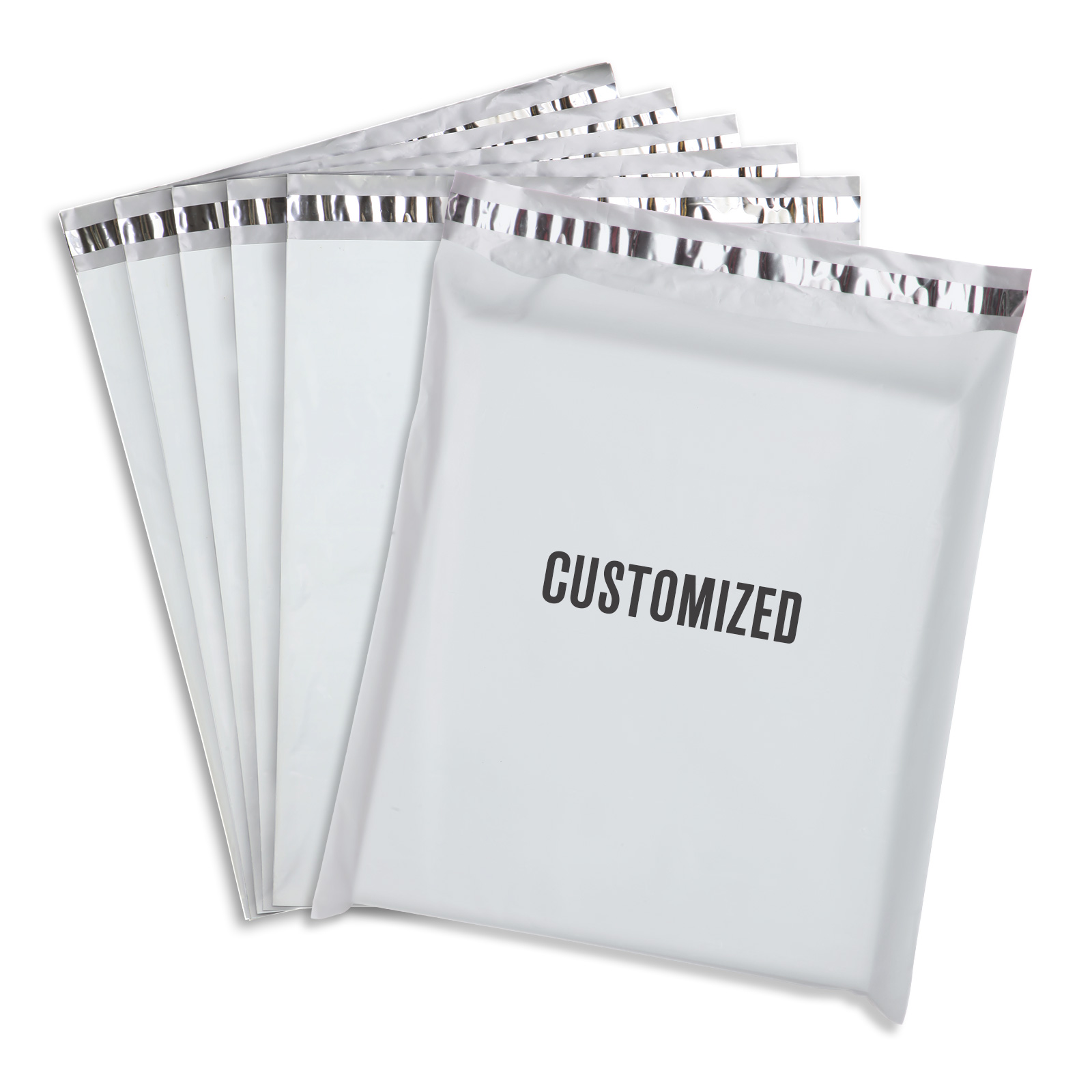Exploring the Applications and Benefits of Calendered PVC Materials
Understanding Calendered PVC Applications, Benefits, and Production Process
Calendered PVC, or calendered polyvinyl chloride, is a versatile thermoplastic material used in various applications across multiple industries. The process of calendering involves passing PVC resin through a series of heated rollers, which transforms it into a uniform, flat sheet. This method not only produces sheets of PVC but also allows for the creation of films, coatings, and other forms that can be tailored to specific industrial needs.
The Calendering Process
The calendering process begins with the preparation of a PVC compound, which typically consists of PVC resin, plasticizers, stabilizers, fillers, and colorants. This mixture is fed into a calendering machine, where it is heated and processed through a series of rollers. The rollers are usually adjustable in terms of pressure and temperature, enabling manufacturers to control the thickness, texture, and properties of the final product.
Once the appropriate thickness is achieved, the calendered material can be cooled and cut into sheets or rolls, making it easy to handle and transport. The ability to produce a wide range of thicknesses and textures means that calendered PVC can be customized for various applications, from thin films for packaging to thicker sheets for structural use.
Applications of Calendered PVC
Calendered PVC is employed in numerous industries due to its excellent versatility and durability
. Some common applications include1. Packaging Flexible PVC films offer robust protection for products while providing aesthetic appeal. They are widely used in food packaging, medical supplies, and consumer goods.
2. Construction Calendered PVC sheets are utilized in construction for wall coverings, roofing membranes, and flooring materials. These applications take advantage of PVC’s weather resistance, fire retardancy, and ability to withstand harsh chemicals.
3. Automotive The automotive industry employs calendered PVC in interior trim, door panels, and dashboards. The material’s durability and ability to be molded into various shapes make it a popular choice for automotive applications.
calendered pvc

4. Textiles Calendered PVC is used in the production of synthetic leather for garments, upholstery, and accessories. Its flexibility and texture can mimic natural leather, offering a cost-effective and low-maintenance alternative.
5. Electrical cables PVC sheathing provides excellent insulation and protection for electrical wires, ensuring safety and durability in wiring applications.
Benefits of Calendered PVC
One of the primary advantages of calendered PVC is its ability to be customized for specific applications. Since the calendering process allows for precise control over thickness and texture, manufacturers can tailor the material to meet the demands of different industries. Additionally, calendered PVC offers several inherent properties
- Durability Calendered PVC is resistant to moisture, chemicals, and UV light, making it suitable for both indoor and outdoor applications. - Versatility With the ability to produce a wide range of products, from flexible films to rigid sheets, calendered PVC can cater to numerous market needs. - Cost-Effectiveness Calendered PVC can be produced at a relatively low cost, allowing manufacturers to offer competitive pricing while maintaining quality. - Easy Processing Calendered PVC can be easily welded, glued, or heat-sealed, enabling efficient assembly and installation in various applications.
Environmental Considerations
While calendered PVC presents numerous benefits, it is important to acknowledge the environmental concerns associated with its production and disposal. PVC is derived from petroleum, leading to discussions about its sustainability. However, advancements in recycling technologies and the development of more eco-friendly additives are making it possible to produce and recycle PVC in a more environmentally conscious manner.
Conclusion
Calendered PVC stands out as a crucial material in modern manufacturing, with its applications spanning various industries. The efficiency of the calendering process, combined with the durability and versatility of PVC, ensures that it will continue to play a significant role in markets ranging from construction to packaging. As environmental considerations become increasingly important, the industry will likely continue to evolve, addressing these challenges while maximizing the benefits of calendered PVC.
-
The Best Uses for Small Trash Bags in Daily LifeNewsJul.01,2025
-
Stylish Reusable Grocery Bags TrendsNewsJul.01,2025
-
Shipping Advantages of Using Bubble Envelopes BulkNewsJul.01,2025
-
How Compostable Mailing Bags Reduce Environmental ImpactNewsJul.01,2025
-
Environmentally - Friendly Bulk Poly MailersNewsJul.01,2025
-
Eco Friendly Custom Laminated Tote BagsNewsJul.01,2025
-
Have the freedom of customizing your custom mailers any way you want! Our dedicated packaging support will help deliver you the mailing experience you need to elevate your shipping experience to the next level! Start making a strong impression on your customers and stand out from your competitors! -
LIYA uses high quality raw materials which directly purchased from large enterprises domestic and overseas such as PetroChina, Sinopec, Sabic, Equate, ExxonMobil, Dow Chemical, Total, and Borouge, ensuring the price advantage and quality of the raw materials. -
LIYA uses high quality raw materials which directly purchased from large enterprises domestic and overseas such as PetroChina, Sinopec, Sabic, Equate, ExxonMobil, Dow Chemical, Total, and Borouge, ensuring the price advantage and quality of the raw materials.





